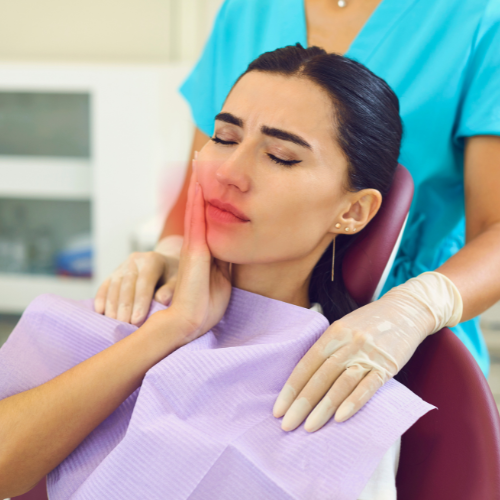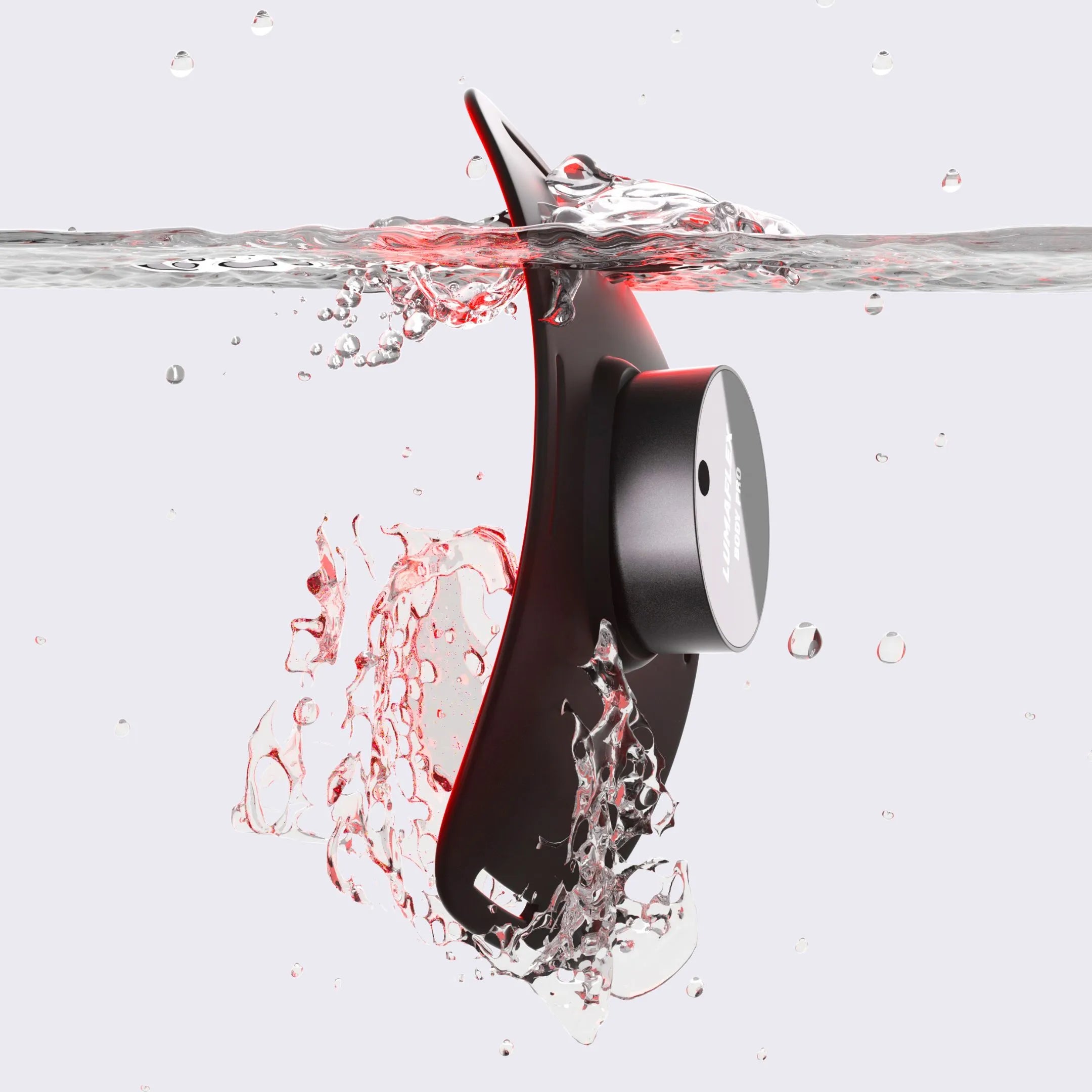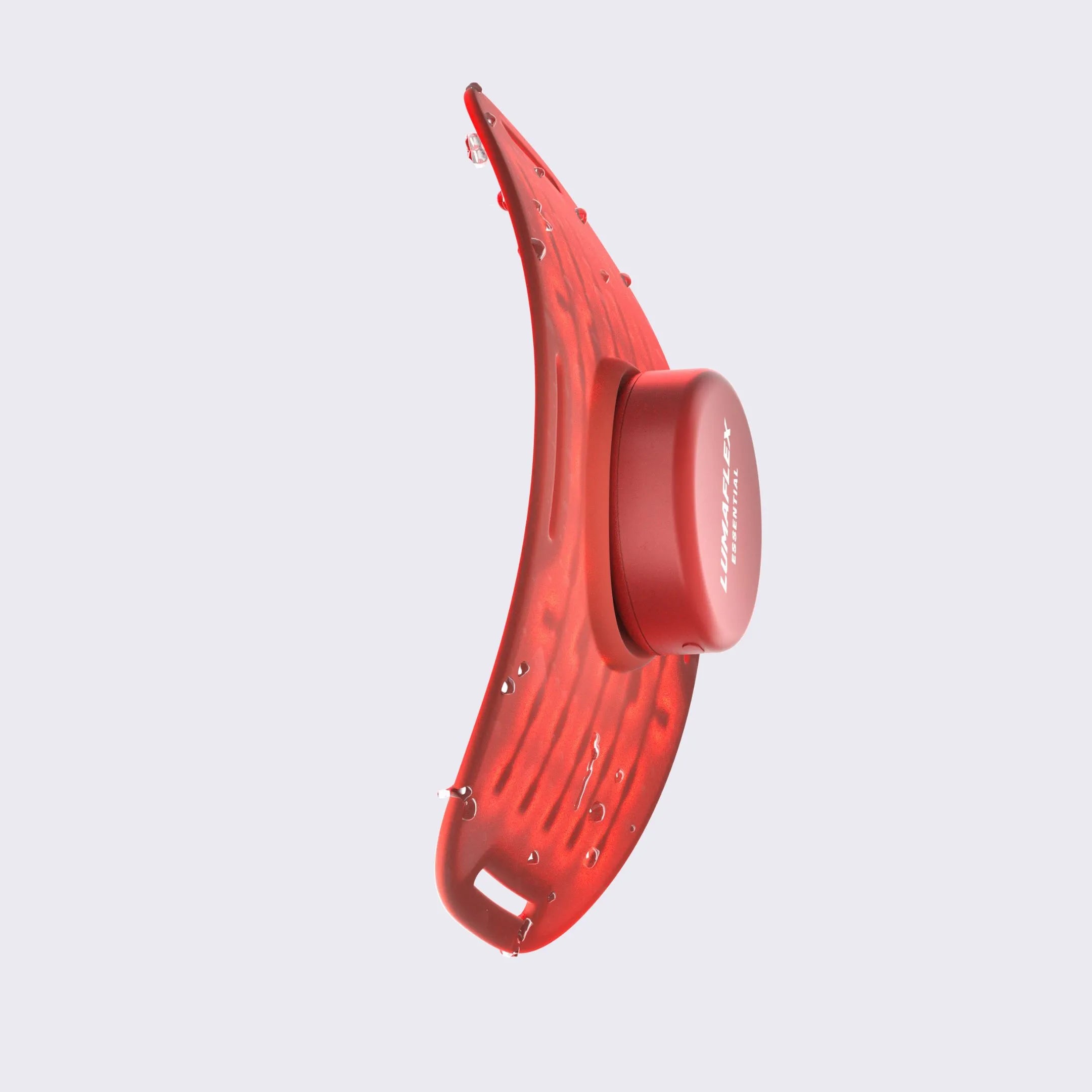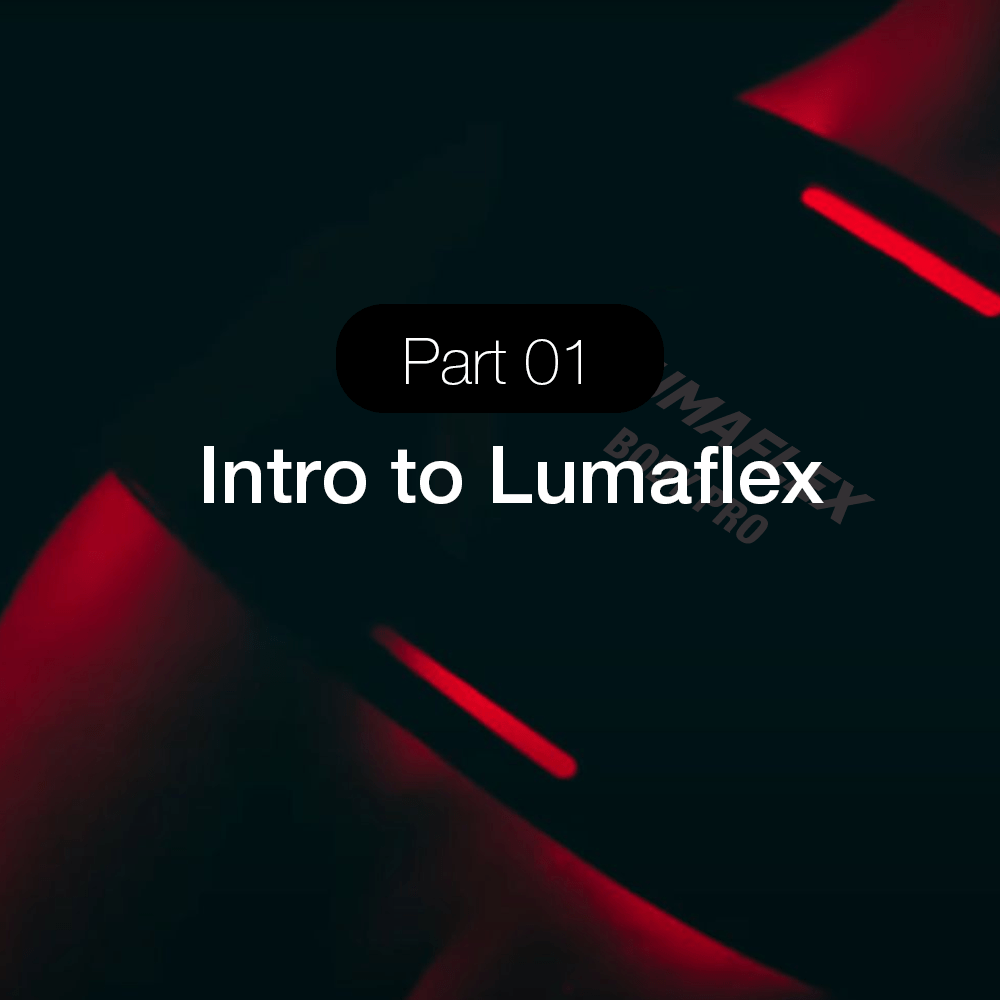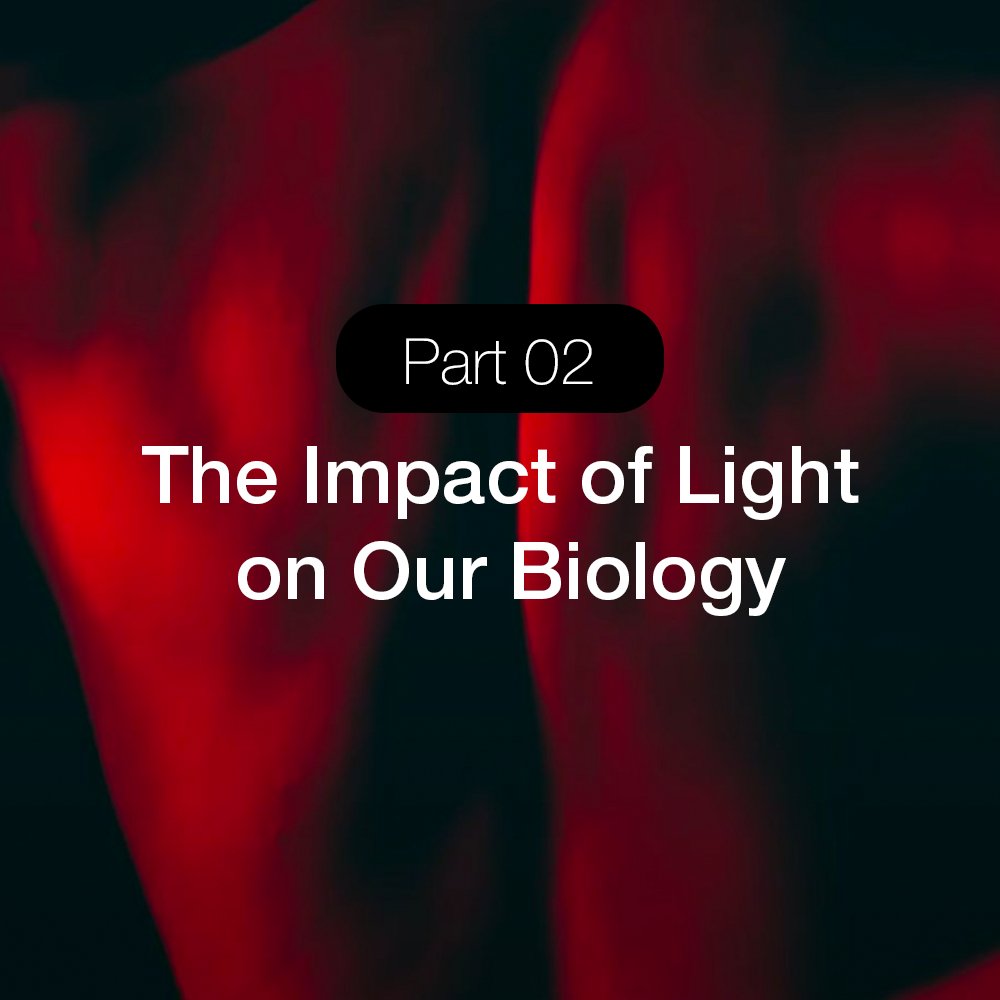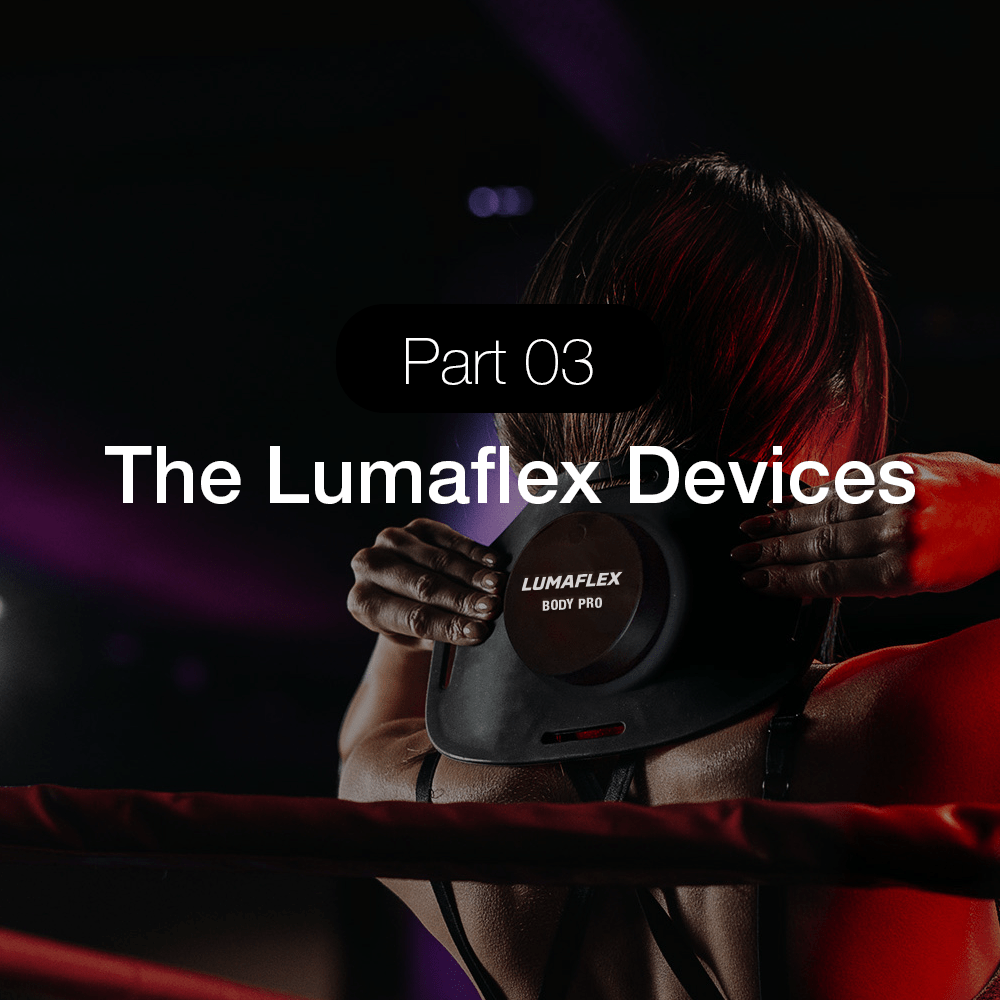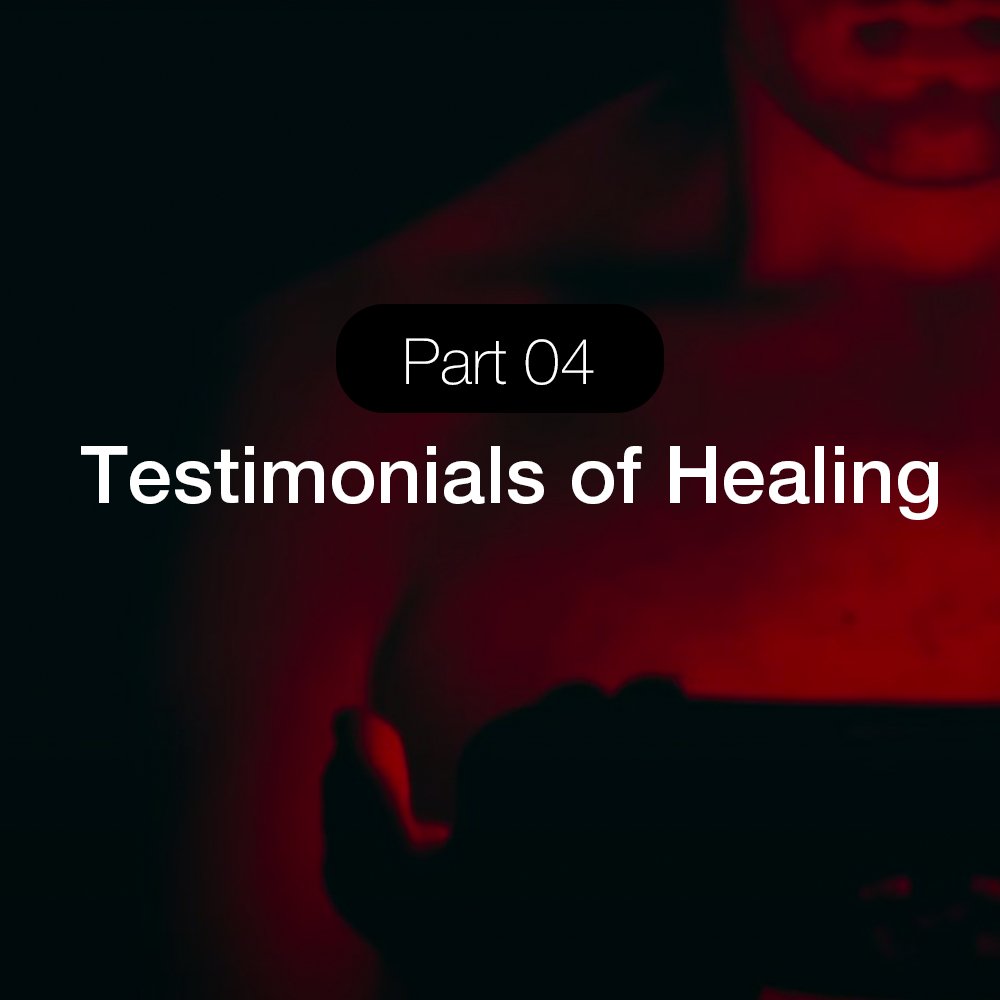Ear and Jaw Pain After Tooth Extraction : Causes, Relief & Red Light Therapy
Why Your Ear and Jaw Hurt After a Tooth Extraction (and What Helps)
You expected some soreness after your tooth extraction, but now you’re noticing ear and jaw pain after tooth extraction. That can be surprising and even a little unsettling. The nerves in your teeth, jaw, and ears are closely connected, so discomfort often shows up in places you wouldn’t expect. Your brain can have trouble pinpointing the exact source, which is why an ache in your ear or jaw is often coming from the extraction site itself.
Most of the time, this type of pain eases within a few days. However, there are moments when it can signal something more serious, such as a dry socket or infection. Knowing what is typical and what may need attention can help you feel more in control during recovery.
There are simple steps you can take to manage discomfort. Gentle jaw stretches, cold or warm compresses, and over-the-counter pain relievers can make a noticeable difference. Some patients also turn to newer recovery tools, like red light therapy. Devices such as the Lumaflex Radiate Mask provide gentle, targeted light that can calm inflammation and support tissue healing at home.
Table of contents
The Link Between Tooth Extractions, Earaches, and Jaw Pain
After a tooth extraction, it’s common to feel discomfort not just in your mouth but also in your jaw or even your ear. This happens because your teeth, jaw, and ears share the same nerve pathways, including the trigeminal nerve. Pain doesn’t always stay where it starts. Instead, it can travel along these connections, which is why you might notice an earache even though the source is your tooth.
This phenomenon is called referred pain. Think of it as a signal getting a little mixed up on its way to your brain. Your body is telling you something hurts, but your brain can’t always identify the exact location. That’s why ear or jaw aches after a tooth extraction are usually linked to the extraction site itself.
Swelling and trauma from the procedure can make this discomfort more noticeable. When tissues around the extraction site swell, nearby muscles, joints, and nerves can become irritated. That irritation can create tension in your jaw and a dull or sharp ache in your ear, making it feel like the pain is traveling farther than it actually is.

Why Ear Pain Shows Up After an Extraction
Ear pain after a tooth extraction can feel surprising, but it is usually linked to what’s happening in your jaw. Swelling and inflammation around the extraction site can press on nearby nerves, sending discomfort toward the ear. Temporary nerve irritation from the procedure can also create a sharp or dull ache that seems out of place.
In most cases, this type of ear pain isn’t a sign of a serious problem. It often feels like an earache, but the source is your jaw or the extraction site itself. That said, ear discomfort can sometimes indicate complications, such as a dry socket or an early infection. If the pain intensifies instead of gradually easing after a few days, it is a clear signal to contact your dentist.
Why Your Jaw May Feel Sore or Tight
It’s not surprising to notice your jaw feeling sore or tight after a tooth extraction. If the procedure took longer than usual, your jaw muscles may have been held open for an extended period, leaving them fatigued or tense. The jaw joint, also known as the TMJ, can become strained or flare up from the pressure of the extraction.
Even minor tissue or bone trauma during the procedure can add to lingering soreness. This often appears as stiffness that makes everyday movements, like chewing, yawning, or talking, uncomfortable. Gentle jaw stretches and paying attention to how you move your jaw can help relieve tension and support healing as your body recovers.

How Long Ear and Jaw Pain Usually Lasts
After a tooth extraction, it’s normal for pain to extend beyond your mouth. Most discomfort peaks within the first two or three days and gradually eases after that.
Ear twinges often fade within a week.
Jaw stiffness can linger a little longer, sometimes up to ten days.
Pain that worsens instead of improving after the third or fourth day may signal a more serious issue, such as a dry socket or infection. By the two-week mark, most recovery-related aches should be minimal. If you’re still experiencing noticeable pain beyond this point, it’s a good idea to check in with your dentist.
Home Remedies That Actually Help With Ear and Jaw Pain
Even though some soreness is expected after a tooth extraction, there are practical ways to make recovery more comfortable. These strategies go beyond the usual “rest and hydrate” advice and can help reduce tension, swelling, and discomfort.
For ear-type discomfort:
Apply a cold compress to the cheek during the first 48 hours to calm inflammation and numb sharp aches.
Switch to gentle warmth afterward to ease lingering stiffness in jaw muscles.
Rinse with warm saltwater to keep the extraction site clean without harsh chemicals.
For jaw stiffness and tightness:
Try short jaw stretches, like small, controlled “half-yawns,” to relieve tension.
Support your jaw when yawning to prevent sudden strain.
Avoid chewing gum or overusing the non-extraction side to give muscles a break.
Pay attention to posture, as slouching can increase jaw tension and slow recovery.
These approaches are simple and easy to fit into your day. Incorporating them can make the difference between a stiff, sore jaw and a smoother, more comfortable recovery.

Can Red Light Therapy Speed Up Healing After a Tooth Extraction?
Traditional remedies like cold compresses and gentle stretches are effective, but some people look for ways to support recovery even more. Red light therapy is one of those options gaining attention. It works by delivering specific wavelengths of light to the tissues, which helps cells produce more energy, improves blood circulation, and reduces inflammation.
For ear and jaw pain specifically, red light therapy can calm inflamed muscles and ease nerve sensitivity. This means fewer twinges in your ear and less tension in your jaw. Because it is gentle and drug-free, it does not interfere with the healing of the extraction site. Many patients find that short, regular sessions make them feel more comfortable while their body naturally repairs itself.
Devices designed for home use, like the Lumaflex Radiate Mask, make it easy to incorporate red light therapy into your recovery routine. Using a medical-grade device ensures the right wavelengths reach the tissues safely, providing a reliable and convenient way to support healing alongside traditional remedies.
How Red Light Therapy Works on Cells and Tissue
Red light therapy, also known as photobiomodulation (PBM), uses specific wavelengths of light to stimulate healing at the cellular level. After a tooth extraction, the light penetrates the skin and reaches deeper tissue layers where it activates mitochondria, the energy-producing structures in cells. This increases the production of adenosine triphosphate (ATP), which cells use to repair and regenerate themselves.
Studies have shown that PBM can reduce inflammation and promote tissue healing. For example, research published in the Journal of the American Dental Association found that light therapy improved postoperative pain and wound healing after tooth extractions. Another study highlighted in the Dentistry Journal reported that a novel light therapy combined with antibacterial treatment significantly reduced inflammation in patients with periodontitis.
By increasing cellular energy and lowering inflammation, red light therapy can:
Support the body’s natural tissue repair
Reduce inflammation around the extraction site
Lessen postoperative discomfort
Help speed up overall recovery
This makes red light therapy a valuable complement to traditional post-extraction care, offering a gentle, non-invasive way to support healing.
Why It Matters for Ear and Jaw Pain Specifically
Ear and jaw pain after a tooth extraction often comes from inflamed muscles and irritated nerves rather than the ear itself. Red light therapy can help by calming this inflammation and supporting tissue repair in the surrounding areas. By improving blood circulation and boosting cellular energy, it can reduce nerve sensitivity, which means fewer sharp twinges in the ear and less tension in the jaw.
Research supports these benefits. For example, a study published in Journal of Lasers in Medical Science found that patients who received red light therapy after oral surgery experienced lower pain scores and faster soft tissue healing compared with those who did not receive therapy. This effect can be especially helpful for people prone to TMJ discomfort or tension headaches triggered by jaw strain.
Using red light therapy as a gentle, drug-free supplement to traditional recovery methods can make a noticeable difference in comfort. It helps manage ear and jaw aches while your body heals naturally.
Key benefits for ear and jaw pain include:
Calming inflamed jaw muscles
Reducing nerve sensitivity and ear twinges
Supporting soft tissue repair
Complementing traditional recovery methods without medication
Using Red Light Therapy at Home
Once your dentist confirms that the extraction site is stable and the clot has formed, you can safely begin using red light therapy at home. Short, regular sessions are most effective. Even a few minutes a day can support tissue healing, reduce inflammation, and ease discomfort in your jaw and ear.
Home devices like the Lumaflex make it easy to target the right areas without disrupting your daily routine. You can use it while relaxing, reading, or watching TV. The key is consistency and following the manufacturer’s guidelines for session length and frequency.
Red light therapy is intended to complement traditional recovery methods, not replace them. Pair it with gentle jaw stretches, cold or warm compresses, and proper oral hygiene to give your body the best chance for a smoother, more comfortable recovery.

When Ear or Jaw Pain Means You Should Call Your Dentist
Most ear and jaw pain after a tooth extraction is normal and gradually improves, but certain signs indicate you should contact your dentist. Watch for the following:
Pain that worsens after the first few days instead of gradually easing.
Throbbing pain with a foul taste or smell, which may signal a dry socket.
Swelling, pus, or redness around the extraction site, suggesting an infection.
Persistent numbness or tingling in your jaw or lip, which could indicate nerve involvement.
Pain that spreads in unusual ways or just doesn’t follow the typical recovery timeline.
If any of these occur, it’s better to check in with your dentist sooner rather than later. Early attention can prevent complications and help your recovery stay on track.
Smart Ways to Prevent Post-Extraction Complications
There are simple habits that can make a big difference in how smoothly you recover after a tooth extraction. Paying attention to these can help reduce the risk of dry socket, infection, and lingering jaw or ear discomfort:
Avoid smoking, drinking alcohol, or using straws for the first few days, as these can dislodge the clot protecting the extraction site.
Follow your dentist’s rinse instructions carefully. Gentle saltwater rinses are fine, but avoid aggressive swishing.
Stick to soft foods like yogurt, mashed potatoes, or smoothies until your jaw feels more comfortable.
Stay well hydrated, since dehydration can slow the healing process.
Keep your jaw relaxed. Try not to clench or grind your teeth, and take it easy on chewing until soreness decreases.
By incorporating these small but effective habits, you give your body the best chance to heal quickly and reduce the likelihood of extra pain in your jaw or ear.
Common Questions About Ear and Jaw Pain After Extractions
Here are answers to some of the most common questions people have after a tooth extraction:
Why does my ear hurt when my tooth was pulled?
This is usually referred pain. The nerves in your teeth, jaw, and ears share pathways, so your brain sometimes interprets jaw discomfort as ear pain.
How long does jaw stiffness usually last?
Most jaw stiffness eases within two weeks, though gentle stretches and posture awareness can help speed up relief.
Is ear pain normal after wisdom teeth removal?
Yes, mild ear discomfort is common and typically improves as the extraction site heals.
Can red light therapy really help dental pain?
Research shows that red light therapy can reduce inflammation, support tissue healing, and ease postoperative discomfort.
Is it safe to use red light therapy after surgery?
Generally, yes, once your dentist confirms the clot has stabilized. Short, regular sessions are recommended for best results.
Answering these questions can help you feel more confident in managing recovery and knowing when to seek professional advice.
Recovery Can Be Easier Than You Think
Dealing with ear and jaw pain after a tooth extraction can be frustrating, but most of this discomfort is temporary and manageable. Combining simple, proven strategies with modern tools can make recovery smoother. Gentle jaw stretches, cold or warm compresses, proper posture, and careful chewing all help ease tension and support healing.
Red light therapy adds another layer of support. Devices like the Lumaflex Radiate Mask can calm inflammation, reduce nerve sensitivity, and encourage tissue repair without interfering with the natural healing process. Using it alongside traditional methods can make a noticeable difference in comfort and recovery speed.
Everyone heals at their own pace. If your pain seems unusually intense or persistent, contact your dentist. With a thoughtful approach that blends practical care and modern technology, managing post-extraction pain doesn’t have to feel overwhelming. Recovery can be more comfortable than you might expect.
Related Readings
- Lumaflex Radiate Mask
- Wisdom Tooth Pain Relief: Complete 2025 Guide
- Oral Health with Red Light Therapy: Before & After
- Red Light Therapy for Teeth: A Solution for Common Dental Problems
- A Radiant Glow: Benefits of Red Light Therapy for Teeth
- Dentin Hypersensitivity Relief: A Systematic Review and Meta-Analysis
- Red Light Therapy 101: Everything You Need to Know
- Red & Infrared LED Therapy for TMD Pain

